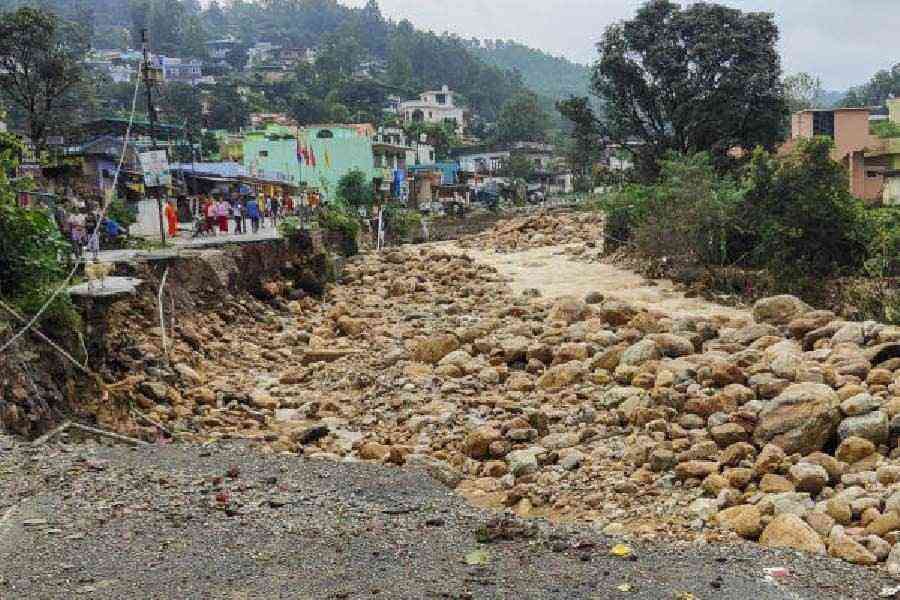The catastrophic natural force majeure that struck the Himalayas in recent weeks was not the unpredictable fury of nature, but an entirely predictable fallout of human greed and lack of foresight. Decades of unchecked development, corrupt governance and a profit-driven disregard for ecological limits transformed the fragile mountain ecosystem into a landscape of compounded risk. Warnings from scientists and environmental experts were consistently ignored in favour of reckless infrastructure projects and uncontrolled mass tourism. The Himalayas were pushed to breaking point, resulting in devastating cloudbursts, flash floods, and landslides, a stark reminder that in these mountains, human folly is the most lethal force.
Consider these instances: in Himachal Pradesh, the 2025 monsoon led to major depredation. As many as nine cloudbursts were reported in a 25-km stretch of Mandi, causing damage to infrastructure and orchards. Last month, flash floods hit the Dharampur area of Mandi, affecting the bus stand and market. The way we choke our rivers with dams and hydroelectric power projects is beyond alarming. The beautiful Beas now resembles a cesspool around sundry dams like Pong, Pandoh and Larji. In Uttarakhand, a cloudburst in the Dharali village of Uttarkashi caused flash floods that swept away homes, shops and a temple. Here, too, a high concentration of hydroelectric projects has heavily dammed and fragmented many major rivers, especially the Bhagirathi, Alaknanda and Yamuna and their tributaries.
Closer home, North Bengal experienced landslides and floods this month, killing over 30 people and affecting Darjeeling, Kalimpong and Jalpaiguri. There was extensive infrastructure damage. A swollen Teesta and landslides blocked arterial roads like National Highway 10 and destroyed vital bridges and communication lines. Even tea gardens were adversely impacted, with inundation destroying crops, machinery and homes of tea workers in large estates.
Human depredation is killing the Himalayas through unscientific infrastructure development, unchecked tourism, illegal mining, and deforestation, amplified by climate change. Such activity destabilises the geologically fragile mountains, leading to catastrophic landslides, flash floods and other disasters.
If we consider unscientific infrastructure development, projects like the Char Dham highway in Uttarakhand and extensive road-widening for military access have involved widespread forest clearing and slope-cutting. The Supreme Court has observed that hydropower projects and four-lane roads are major causes of ecological destruction in Himachal Pradesh. Add to this the rapid and unregulated urbanisation of hill areas with the mushrooming of unplanned hotels, resorts and buildings, often on unstable slopes and riverbanks. This blocks the natural water flow, strains local resources and contributes to soil erosion and landslides — true of all hill states. In Meghalaya, the Assam-type wooden cottages have been replaced by concrete high-rises that even a moderate earthquake in the highly seismic zone could reduce to rubble.
Unsustainable tourism is another factor. The massive influx of uncaring visitors in recent years has exceeded the region’s ecological capacity, leading to immense pressure on resources. Haphazard mining operations, too, have destabilised slopes, increased the risk of landslides and polluted water and air. When feasible solutions are urgently required, on October 15, during a review meeting in Darjeeling, the chief minister, Mamata Banerjee, suggested planting mangroves on the mountains! Umashankar Mandal, a mangrove expert, called the proposal “impractical for scientific reasons”. Not being able to differentiate between brackish, coastal soil and rocky, sandy terrain is nothing short of an ecological blunder.










